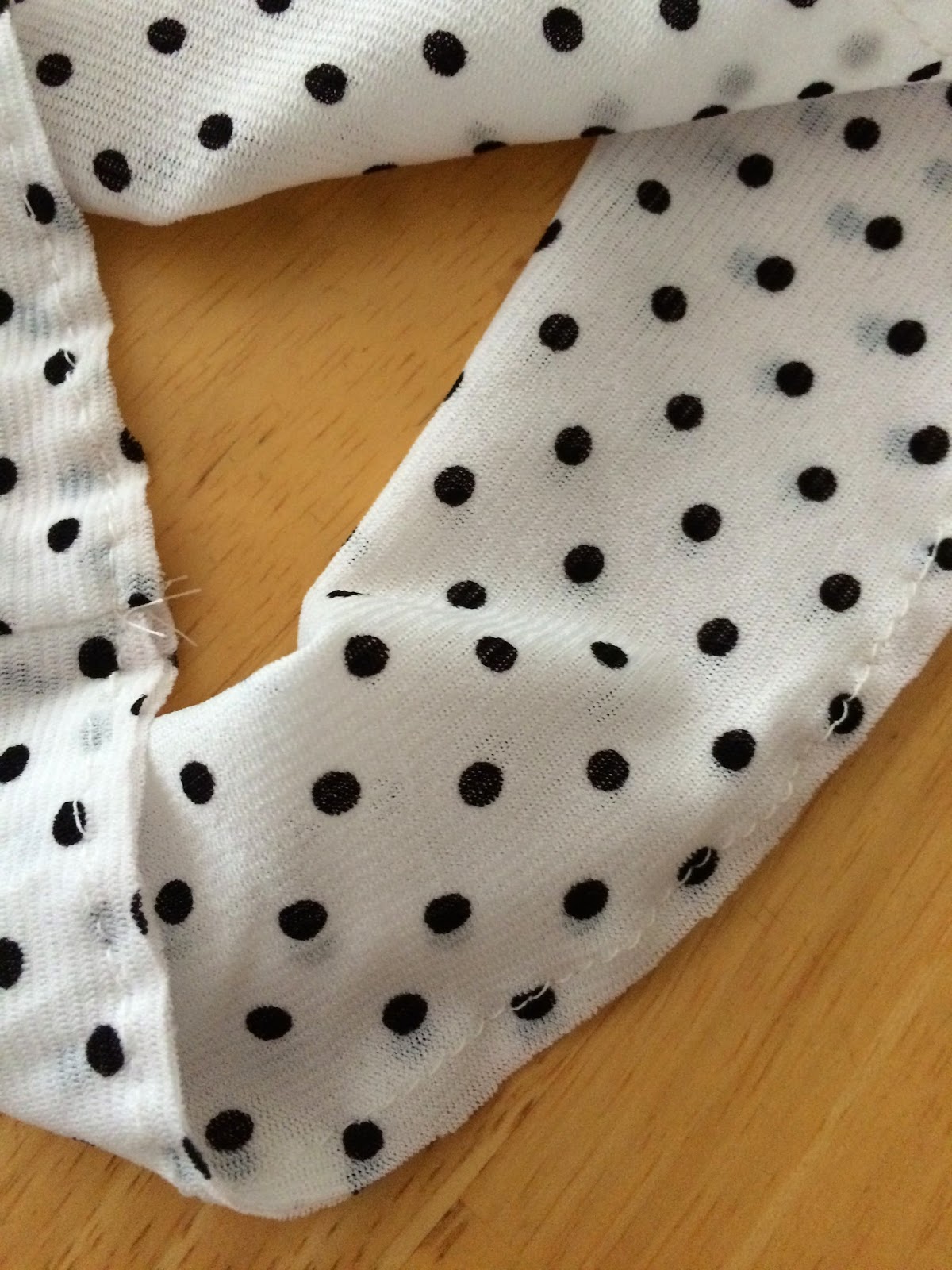I have previously sewn a muslin using cheap knit fabric from my stash and felt I needed to go down one size from my usual Jalie size. The neckline was too low and wide on my regular size. However, with the smaller size, I needed to lengthen by two inches. Fortunately, adjustment lines are provided so one doesn't have to worry about lengthening or shortening along the curved hemlines.
Tuesday, April 28, 2015
Jalie Dolman Top 3352
I have sewn this pattern last year to make a Christmas gift for my daughter. You can read about it on this post from last year. Now I have made one for myself using this cool combo fabric from Marcy Tilton.
McCalls 7093
This year, I have been slowly revamping my wardrobe, replacing my RTWs with my own hand sewn items. I have been sewing a lot of knit tees but I also plan to add some woven tops and blouses. Unlike knit tops, I don't have any TNT patterns so for this project I decided to make a wearable muslin. I have some polyester challis purchased from Fabric.com last year.
 |
| Portland challis Dot White/Black & Black/White |
McCalls 7093 is a pattern for pullover tops and tunics with hemline variations and optional design details like front side slits, pockets and fabric contrasts.
 |
| I combined different views opting to keep the front slit and omit the pockets. |
 |
| The back hem is longer and offers complete coverage making the top perfect to go with leggings. |
Lisette B6168
To choose which size to cut, I compared my actual bust, waist and hip measurements to the pattern chart and the finished garment measurements provided. Since my hips were the widest, I had to make sure that the size I chose would have enough wearing ease around my hips.The problem was the bodice area would be too loose so I decided to go with the size that would work best for my upper body and just grade up towards the waistline and hips. To be sure, I made a mock-up of the bodice using cheap muslin.
I used two fabrics purchased from Jo-Ann's. For the bodice, a solid linen/rayon blend in "honey" and for the skirt, also a linen/rayon blend in black/cream. I love the drape of these fabrics.
The bodice front consists of two overlapping pieces that are pleated. There are no closures and only the small tab holds them in place. Surprisingly though, I did not experience any "gaposis!" There is also a wide midriff piece connecting the bodice to the skirt. This makes it easier to make adjustments.
The back has darts and invisible zipper closure.
The skirt is gathered in the center, both front and back. I was a bit apprehensive about this as I thought it would add needless bulk but this design element actually works for me in that it serves to camouflage any tummy pooch.
Although rated "average difficulty" this pattern could easily be tackled by beginners. Just a tip for beginners though is to read on best way to sew darts and apply invisible zipper. Personally, I always had good results following the instructions enclosed with the zipper packaging.
Here is the finished garment. It is casual and a nice comfortable alternative to the fit and flare style which I can't ever pull off.
Subscribe to:
Posts (Atom)













